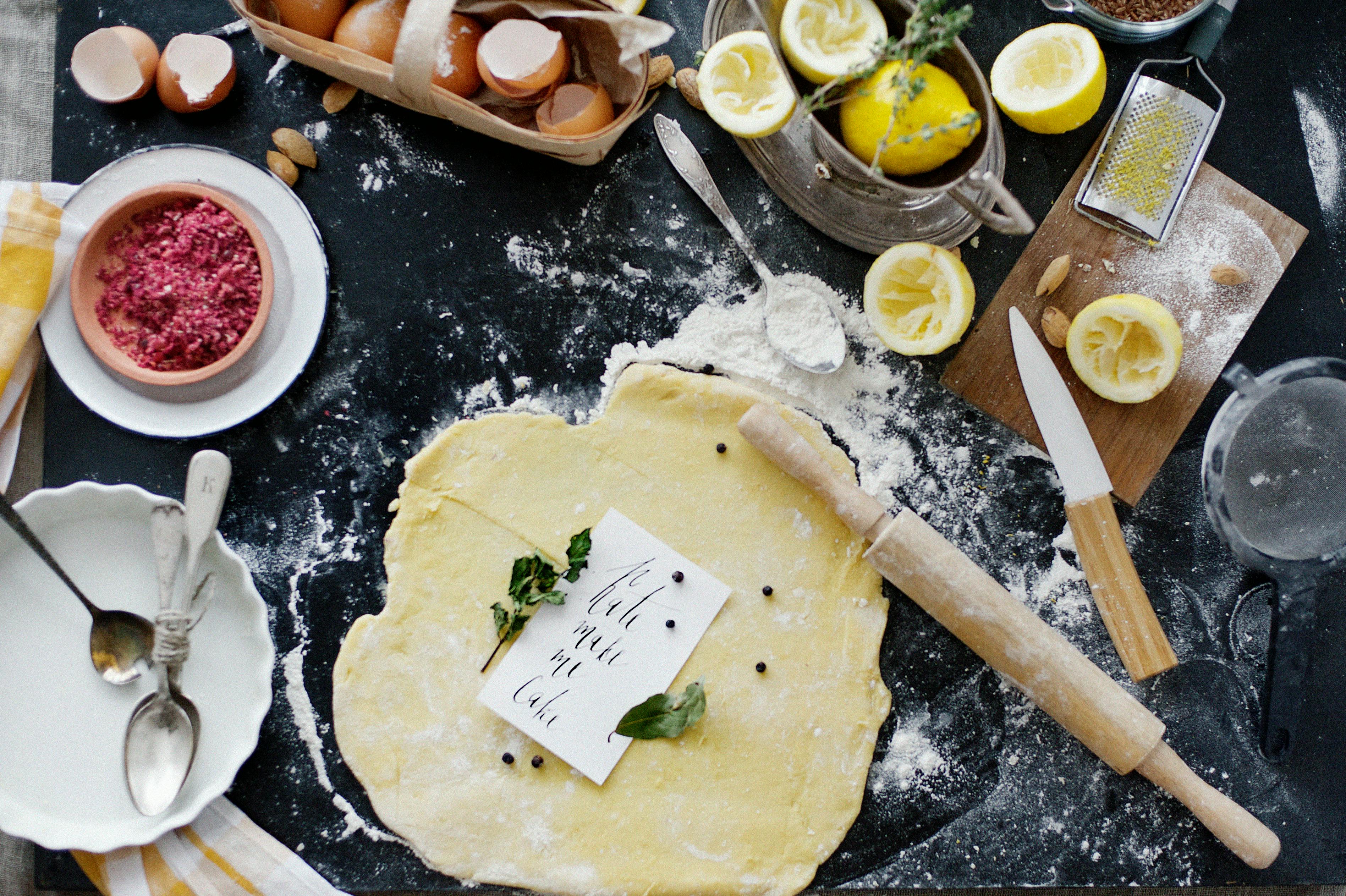When choosing cookware for enameled cast iron cookware, it’s important to understand the nature of the enamel that makes it different from ordinary cast iron pots and pans. Standard cast iron can have nonstick properties and be easier to clean if seasoned with hot oil or fat. Baking oil in the pan at a high temperature forms a bond that reduces the likelihood of rust and iron in the food, and also makes it relatively nonstick and easier to clean.
Enameling is also a way of creating a barrier between food and the iron base, and enameled cookware is fairly easy to clean and has a fair degree of non-stick properties, although you should try to avoid burning food on the bottom or the sides of the pan. . If you do, however, the enamel is quite resistant to scratching, much more so than straight surfaces of cast iron, stainless steel, or nonstick Teflon. Therefore, it can tolerate abrasion better than these other surfaces, but it is very sensitive to knocks and knocks that can chip the base enamel.
Enamel is not baked on paint, as many believe, but instead is silica, or glass, that is mixed with pigments and then melted onto the iron surface. The process creates a bond that, while strong enough for normal handling, can chip if it takes heavy hits. If you drop enameled cookware on a hard floor, for example, it might splinter, but not if you stir the contents with a metal spoon.
However, while stainless steel and other metal cookware can be used with enameled cast iron cookware, it is recommended against doing so and trying to use wood, plastic or silicone instead. Silicone is a form of plastic that has been cured and cross-linked to make it resistant to heat, a property that ordinary plastic kitchen implements lack.
Wood is best for any type of cookware, but most people have a set of wooden spoons in their kitchen arsenal, and maybe a wooden spatula, but very little else. You can get a larger range online, but ladles and slotted spoons tend to be very small compared to their metal or plastic alternatives.
Plastic is great for protecting your cookware, but it can be soft and can get even softer when hot. Not only that, but forget about peeling it off the pot when cooking and you’ve given new meaning to plastic food! The same goes for a plastic spatula or a slice of fish – these kitchen utensils rarely last long without showing signs of a few burns. Which brings us to silicone cookware.
Silicone cooking implements are heat rated, with some rated up to 900 degrees, so they won’t soften or melt the same way regular plastic does. There is also a good range of silicone utensils, such as turkey lifters, fish slicers, spatulas and cooking spoons, but still not as many as those available in stainless steel.
The problem with stainless steel isn’t that it will scratch the enamel, because it doesn’t as long as you don’t try, but that if you hit the pan with a heavy stainless steel implement, it could chip. However, it is possible to use stainless steel cookware for enameled cast iron cookware, as long as you are careful and make sure not to knock or drop any utensils on the pan.
Taking a general view, when choosing cookware for enameled cast iron cookware, you’re probably best off using wood or silicone where you can, especially for stirring spoons and the like, and stainless steel where necessary. That’s a reasonable compromise, but if you’d rather have a battery of tools hanging from the shelves on your kitchen wall, then stainless steel looks great, but be very careful when using them.
